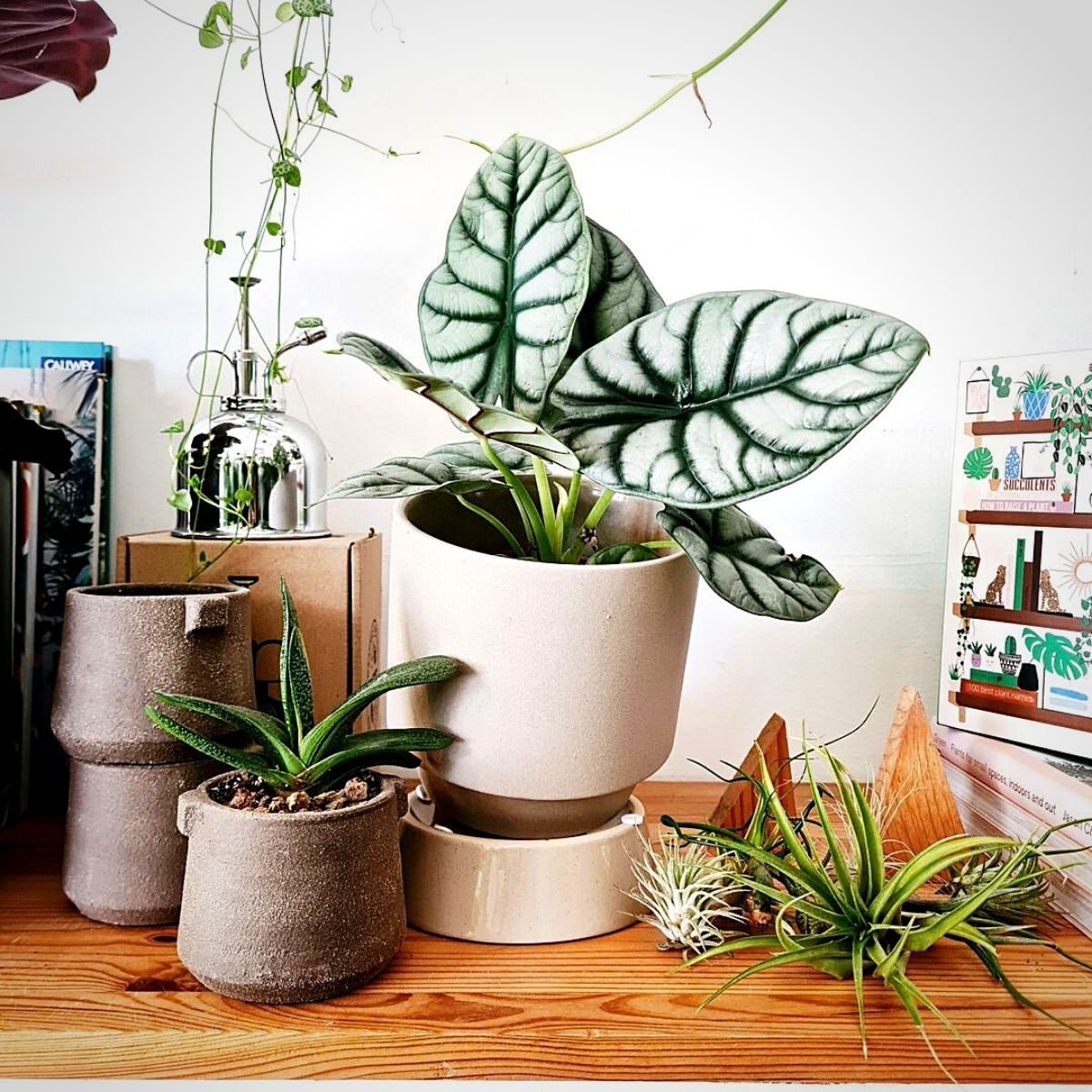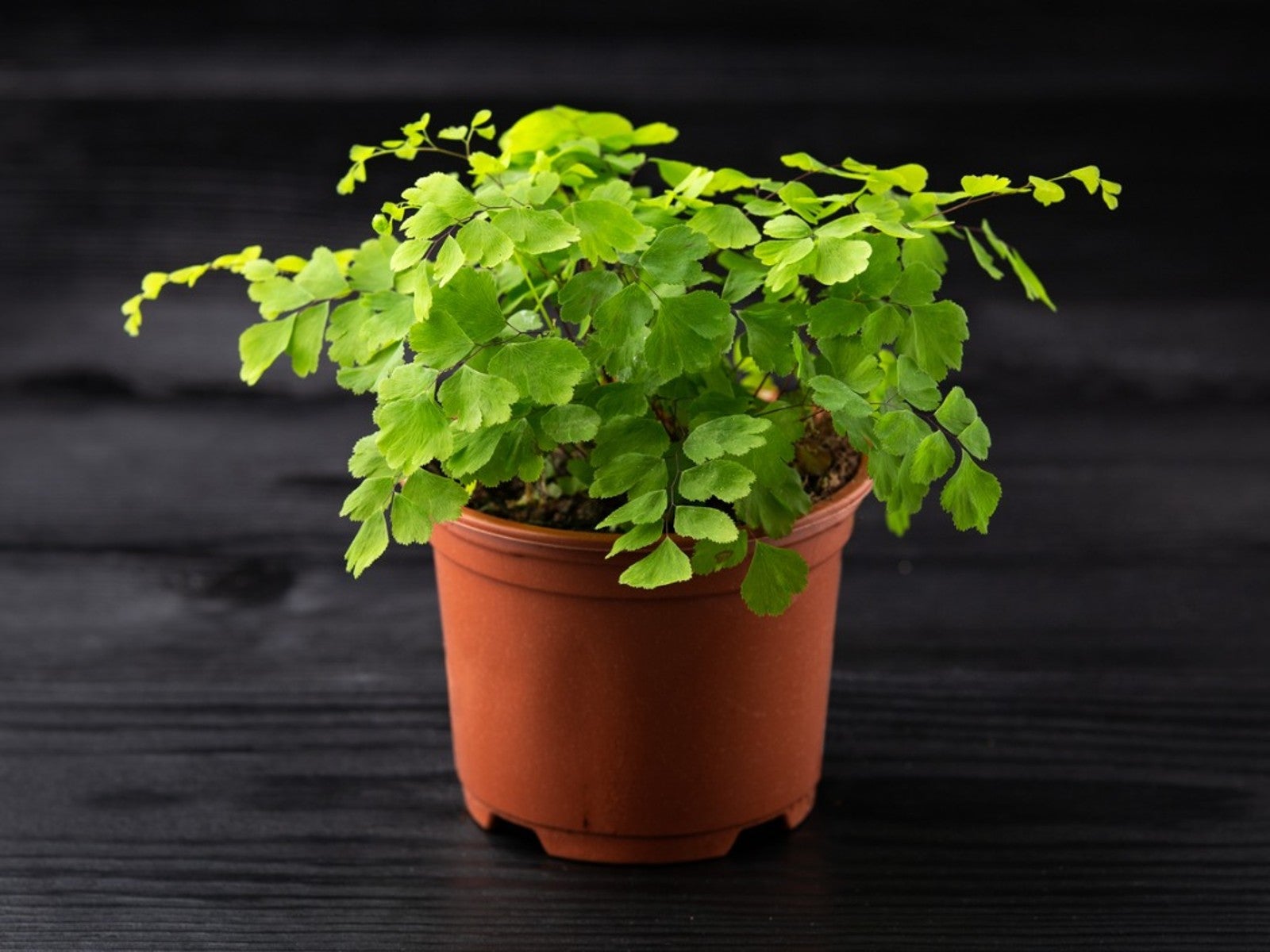Discover the Best Low-Light Indoor Plants for Your Home or Office Space
Discover the Best Low-Light Indoor Plants for Your Home or Office Space
Blog Article
Transform Your Home With Beautiful Low-Light Indoor Plants and Their Advantages
Integrating low-light indoor plants into your home can considerably improve both the ecological and aesthetic quality of your living spaces. These plants, which thrive in dim conditions, serve not just as attractive components but also as natural air purifiers, making them perfect for urban dwellers or those with minimal sunlight exposure. As we explore the different types of low-light plants and their benefits, you may locate shocking ways to integrate them right into your home that can change your surroundings in ways you may not have actually expected.
Benefits of Low-Light Plants
Low-light plants use many benefits for indoor environments, making them an excellent selection for both newbie and experienced gardeners. Among the main benefits is their flexibility to low-light conditions, permitting people to enhance their living spaces without the demand for considerable sunshine direct exposure. This particular makes them optimal for houses, workplaces, and other locations with restricted natural light.

Furthermore, including low-light plants right into home decoration can elevate the aesthetic appeal of an area. Their rich vegetation and varied structures produce a soothing ambience, adding to overall health. The existence of greenery has been connected to lowered stress and anxiety degrees and improved efficiency, making low-light plants a practical selection for enhancing both physical and psychological wellness in indoor settings.
Leading Low-Light Indoor Plants
While several indoor plants prosper in bright light, a number of varieties are particularly well-suited for low-light problems, making them optimal for numerous indoor areas. One preferred selection is the Snake Plant (Sansevieria), understood for its striking upright fallen leaves and resilience, needing very little treatment. An additional outstanding alternative is the Pothos (Epipremnum aureum), which features heart-shaped leaves and can track beautifully from shelves or wall mounts, thriving in low light and including a rich touch.
The ZZ Plant (Zamioculcas zamiifolia) is commemorated for its shiny fallen leaves and capacity to withstand overlook, making it perfect for busy way of lives. In a similar way, the Tranquility Lily (Spathiphyllum) not just endures low light but also produces sensational white flowers, boosting any kind of area's aesthetic.
For a special touch, think about the Cast Iron Plant (Aspidistra elatior), which without a doubt meets its name, flourishing in the darkest edges of your home. The Chinese Evergreen (Aglaonema) provides a range of fallen leave patterns and shades while being remarkably forgiving in low-light conditions. These plants not just improve interior atmospheres but also contribute to air purification, improving your space.
Care Tips for Low-Light Plants

Watering techniques are important; these plants typically choose a little dry problems. Overwatering can lead to root rot, so guarantee that the top inch of soil is completely dry before watering once more. Use pots with drainage openings to allow excess dampness to run away.
Moisture is an additional vital element. Lots of low-light plants, such as ferns and peace lilies, gain from higher humidity degrees. To increase moisture, take into consideration misting the leaves or positioning a tray of water near the plants.
Fertilizing must be come close to with care. During the growing Read More Here period, utilize a watered down, well balanced fluid fertilizer each month to support development, but prevent fertilizing during the dormant winter season.

Innovative Ways to Present Plants
Interior plants can function as fascinating prime focus in any room, improving both aesthetic allure and ambiance. Innovative screens can boost the visual impact of low-light plants, making them an important part of your home decoration. One reliable approach is to utilize tiered plant stands, which enable you to showcase multiple plants at varying heights while making the most of floor space.
Hanging planters are one more cutting-edge choice, creating a feeling of depth and drawing the eye upward. Take into consideration macramé wall mounts or wall-mounted racks to introduce an one-of-a-kind texture and design.
For an extra organized method, use geometric terrariums or glass containers to house your plants, including a contemporary touch to your indoor yard. You can likewise repurpose classic items, such as teacups or wooden dog crates, for an eclectic screen that mirrors your individuality.
Enhancing Home Atmosphere With Plants
Integrating low-light plants into your home not just improves aesthetic charm however also adds substantially to the general setting. These plants work as natural decoration elements, presenting a feeling of harmony that can transform any kind of room. The visibility of greenery cultivates a soothing environment, which is particularly advantageous in high-stress settings such as office or living rooms.
Low-light plants, such as snake plants, pothos, and ZZ plants, are not just aesthetically pleasing yet additionally improve interior air quality by filtering pollutants. This double feature boosts the atmosphere even more, producing a much healthier home (Best low-light indoor plants). The strategic positioning of these plants can also influence the perception of area; as an example, tall plants can draw the eye upwards, making ceilings show up higher and spaces much more sizable
Furthermore, differing textures and colors of foliage include deepness to interior design, permitting for innovative expression in home styling. Whether put on racks, in edges, or as centerpieces, low-light plants can boost the mood of any type of area. In recap, including these plants into your home is an efficient method to promote a cozy, welcoming atmosphere while view website profiting of enhanced air high quality and visual convenience.
Conclusion
Including low-light indoor plants into home environments supplies many benefits, consisting of improved aesthetic charm and improved air high quality. These resistant plants, such as the Snake Plant and Tranquility Lily, need minimal light and upkeep, making them ideal for varied way of lives.
While many interior plants thrive in intense light, several species are specifically well-suited for low-light problems, making them excellent for different interior areas. One reliable technique is to make use of browse around this web-site tiered plant stands, which permit you to display numerous plants at varying elevations while making the most of flooring space.
Low-light plants, such as serpent plants, pothos, and ZZ plants, are not only aesthetically pleasing however also enhance interior air high quality by filtering system contaminants. Best low-light indoor plants. The tactical positioning of these plants can also affect the perception of area; for circumstances, tall plants can draw the eye upwards, making ceilings show up higher and spaces extra roomy
These resistant plants, such as the Serpent Plant and Peace Lily, need minimal light and maintenance, making them ideal for diverse lifestyles.
Report this page